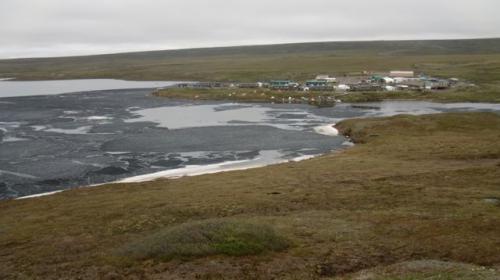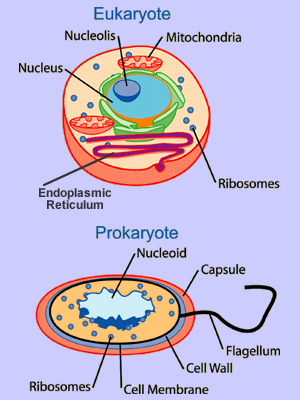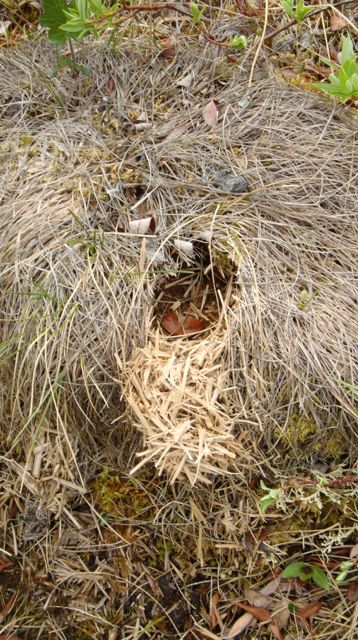
Classifying Life
In biology or science in general we often find ourselves using terminology, and we forget that not everyone is familiar with the words. (If you happen to notice that I did this in a journal feel free to comment and ask about a word or concept and I'll be happy to explain!) I want to try and explain a little bit more about where microbes fit in as a living organism.
As humans we naturally try to classify life and break it into categories where we can see similarities and differences. One system, of many, that we use to classify is to break all life into domains. There are 3 domains that contain all living organisms. They are:
- Archaea
- Bacteria
- Eukaryota
One pairing of terms that are particularly important for us to understand is prokaryote and eukaryote, and what the key differences between them are.

Prokaryotes, or sometimes prokaryotic cells or organisms
This is a term that we use when talking about a specific type of cell (the base unit of life- you and all living things are comprised of one or more cells).
The key characteristics of a prokaryote are:
- Lack a nucleus- a nucleus is a membrane bound organelle in a cell that contains the DNA. The DNA is free floating in the fluid, or cytoplasm, in the cell.
- Lack many other organelles- organelles are different parts within a cell that perform a specific function, just like your stomach has a particular job to do in your body
- Are all single-celled
- DNA is in one circular piece- called a plasmid
Eukaryotes, or sometimes eukaryotic cells, or organisms
This term encompasses most of the organisms that we are familiar with, such as humans, all animals, plants, and fungus.
The key characteristics of a eukaryote are:
- Have a nucleus that contains the DNA.
- Have membrane bound organelles- such as chloroplasts and mitochondria
- Can be single-celled or multicellular
- DNA is broken into several linear pieces called chromosomes.
- Are larger than prokaryotes
Microbes are often prokaryotes, however there are eukaryotes that are microbes as well.
How this fits in with the research
A major goal of Byron's research is trying to understand what different types of microbes are present in these different bodies of water (soil, stream, lake, estuary and ocean). This particular study is focused on the freshwater bodies found in the arctic.
The patterns of diversity and changes that he observes can be correlated and matched up to freshwater ecosystems in other parts of the world, and some trends can even be applied to marine patterns of diversity shifts as well!
Species Journal

Today was another gray, fogged in, rainy day. It was also a day off for most people in camp. This meant sleeping in, and catching up on chores like laundry (you're allowed 1 load every 2 weeks), email and some time for fun. People played games, watched World Cup matches, watched movies and went for hikes. I did a mix of most of the above.
I kept my eyes open for any new species, and while I did confirm I finally did see a fox sparrow, I didn't see too many other critters. Just a raven and arctic ground squirrel. Everything else must have been hiding and trying to stay warm and dry also! I decided to go ahead and feature another journal anyway in spite of not actually seeing the critter myself, I think I found evidence that it had been there are one point in time.




Comments